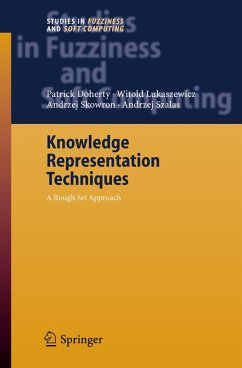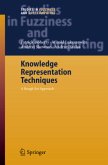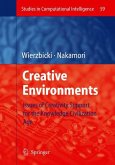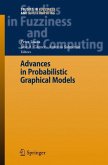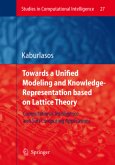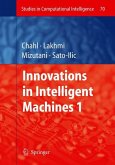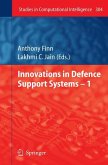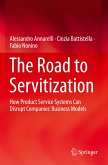This book contains a cohesive, self-contained collection of theoretical and applied research results that have been achieved in this project which pertain to nonmonotonic and approximate easoning systems developed for an experimental unmanned aerial vehicle system used in the project. This book should be of interest to the theoretician and applied researcher alike and to autonomous system developers and software agent and intelligent system developers.
1. 1 Background The basis for the material in this book centers around research done in an ongoing long-term project which focuses on the development of highly au- 1 tonomousunmannedaerialvehiclesystems. Theactualplatformwhichserves as a case study for the research in this book will be described in detail later in this chapter. Before doing that, a brief background of the motivations - hind this research will be provided. One of the main research topics in the project is knowledge representation and reasoning and its use in Uav pl- forms. A very strong constraint has been placed on the nature of research done in the project where theoretical results, to the greatest extent possible, should serve as a basis for tractable reasoning mechanisms for use in a fully deployed autonomous Uav operating under soft real-time constraints asso- ated with the types of mission scenarios envisioned. Considering that much of the work with knowledge representation in this context focuses on application domains where one can only hope for an incomplete characterization of such domains, this methodological constraint has proven to be quite challenging since, in essence, the focus is on tractable approximate and nonmonotonic reasoning systems. As is well known, until recently, nonmonotonic formalisms have had a notorious reputation for lack of tractable and scalable reasoning systems.
1. 1 Background The basis for the material in this book centers around research done in an ongoing long-term project which focuses on the development of highly au- 1 tonomousunmannedaerialvehiclesystems. Theactualplatformwhichserves as a case study for the research in this book will be described in detail later in this chapter. Before doing that, a brief background of the motivations - hind this research will be provided. One of the main research topics in the project is knowledge representation and reasoning and its use in Uav pl- forms. A very strong constraint has been placed on the nature of research done in the project where theoretical results, to the greatest extent possible, should serve as a basis for tractable reasoning mechanisms for use in a fully deployed autonomous Uav operating under soft real-time constraints asso- ated with the types of mission scenarios envisioned. Considering that much of the work with knowledge representation in this context focuses on application domains where one can only hope for an incomplete characterization of such domains, this methodological constraint has proven to be quite challenging since, in essence, the focus is on tractable approximate and nonmonotonic reasoning systems. As is well known, until recently, nonmonotonic formalisms have had a notorious reputation for lack of tractable and scalable reasoning systems.
From the reviews: "Knowledge representation is one of the most important elements of Artificial Intelligence, representing the study of how knowledge about the world can be represented and what kinds of reasoning can be done with that knowledge. The book contains three parts and is founded on the concept of rough sets. ... This book is recommended to researchers interested in studying and applying rough set theory in various domains." (Ion Iancu, Zentralblatt MATH, Vol. 1131 (9), 2008)

